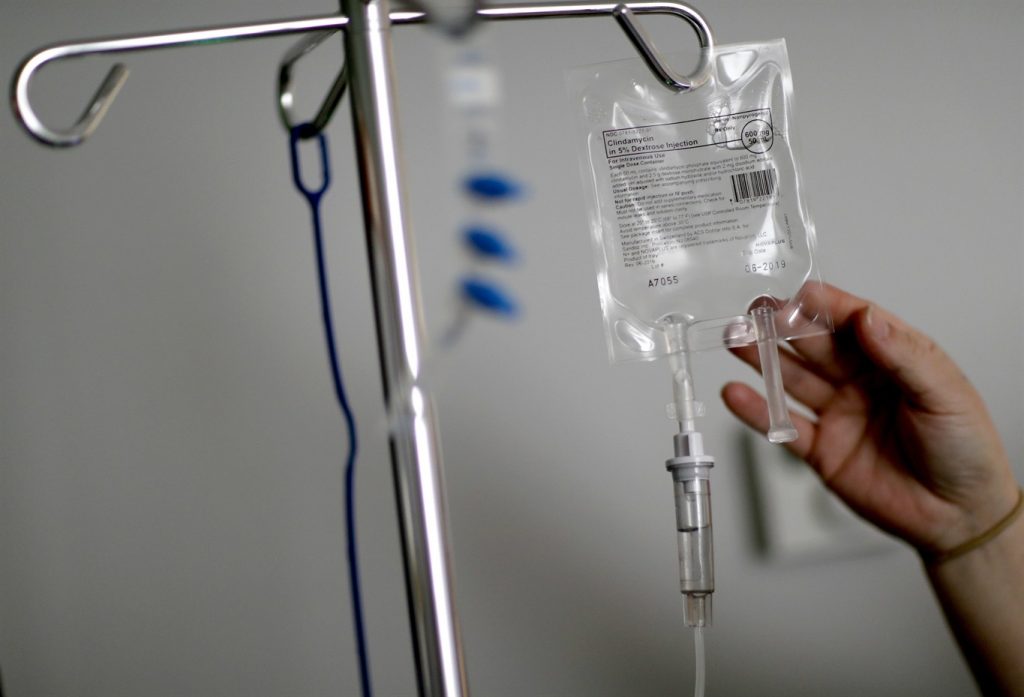Bhubaneswar: Odisha’s health infrastructure is undermined by overburdened hospitals, weak peripheral facilities and referral systems, and inadequacy of health personnel.
The current budget allocation for Health and Family Welfare has increased from Rs 6,681.03 crore in 2019-20 to Rs 7,699.84 crore in 2020-21, with an increment of 15.25 per cent as per the Odisha Budget and Accountability Centre (OBAC). The share of Health and Family Welfare Department budget accounts for 5.13 per cent in 2020-21, the same as it was in 2019-20.
The increase in the overall budget allocation in 2020-21 — by Rs 1,980 crore — is due to the introduction of the new scheme BSKY (Biju Swastya Kalyan Yojana). The BSKY accounted for Rs 1,267.81 crore of the allocation. While the allocation of funds for new medical colleges is a welcome step which will address the Human Resources crunch, at the same time “Health care for all” cannot be fulfilled unless the primary health care system and community institutions are well equipped and strengthened.
In nine tribal-dominated districts not a single sub-centre & PHC fulfils the IPHS (Indian Public Health Standard) norms. Community health centres in only 3 tribal districts (Kandhamal, Koraput and Malkangiri) fulfil the same. In case of human resources at the rural health centres as per RHS 2018, neither the IPHS guidelines are fulfilled nor does the staff meet the required number. Similarly, the basic facilities are not available; only 13.36 percent of the PHCs have the requisite number of beds. The CHCs are still in need of 5,493 beds.
Again, there are approximately around 8,000 hard-to-reach villages in the state. To receive a level of public service is relatively impossible in these areas which require special attention.
In the years 2015-16, 2016-17, 2017-18, and 2019 Odisha had budgeted Rs 1,875 crore, Rs 2,003 crore, Rs 2,298 crore and Rs 2,842 crore respectively for rural health services of which the actual spending stood at Rs 1,639 crore, Rs 1,927crore, Rs 1,980 crore and Rs 2,048 crore respectively, showing that every year a significant part of funds (around 12 to 18 percent) remained unspent. In 2020-21, Rs 2,842 crore is allocated to provide better healthcare services in rural areas, with an increase of Rs 186 crore from last year, which is less in comparison to the previous year.
The National Health Mission (NHM) was launched in 2020-21 to strengthen the delivery of healthcare services. The NHM accounts for 21 per cent of the total health budget with an allocation of Rs 1617.25 crore.
Financial protection systems are considered to be a significant move towards universal health coverage (UHC). This is to provide free health services in all state government healthcare facilities starting from the sub centers to the District Headquarter Hospital and beyond. At present the Health Protection Schemes in Odisha are considered to be, like most states, are merely trust models. Earlier there were two types of schemes “insurance and assurance” for providing financial security to the critically ill patients who are below the poverty line. In recent times the state government has subsumed the Rashtriya Swasthya Bima Yojana and Biju Krushak Kalyan Yojana into the new assurance scheme of Biju Swasthya Kalyana Yojana (BSKY).
In 2019-20 the Budget Expenditure (BE) of Rs 1,495.15 crore was allocated for health insurance and assurance schemes through BSKY and BKKY (top-up health insurance schemes for the farmers) and Odisha State Treatment Fund (OSTF), which decreased to Rs 1,302.81 Cr in 2020-21 BE. Again the de-layering of the implications of the BE has begun with different news reports giving different views but the reality seems to be giving way to doubts and misgivings. Further, there is confusion among the general public on how the major flagship programme BSKY is being implemented.
However, despite increase in the size of health budget, the total Centre and State spending combined as a share of GSDP (Gross State Domestic Product) remained within the range of 1.29. Providing healthcare in remote areas with this budget is still a challenge. The monitoring and accountability of public health mechanism of health services requires attention.
Retd IAS Vivek Pattnaik said, “The health status of people in rural areas is generally poor due to less access to proper health care. The goal of sustainable development growth cannot be achieved unless the public health system is well equipped with all facilities. The National Health Policy (NHP), 2017 proposes to improve rural health infrastructure in the high priority districts by 2025 and availability of human resource in high priority districts by 2020.”
